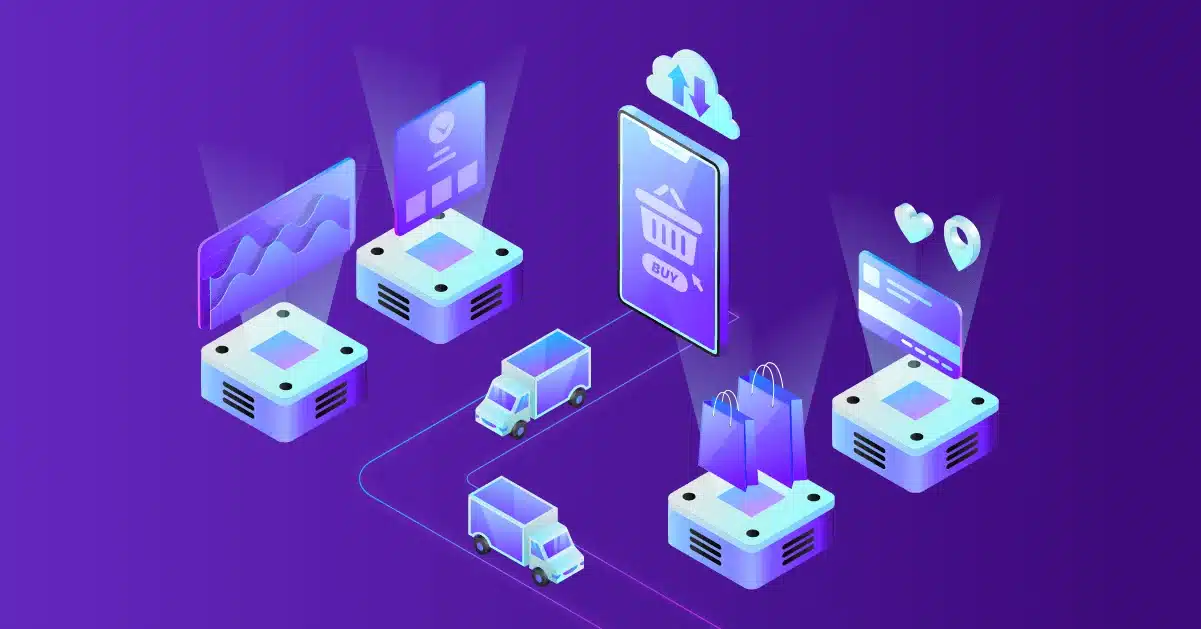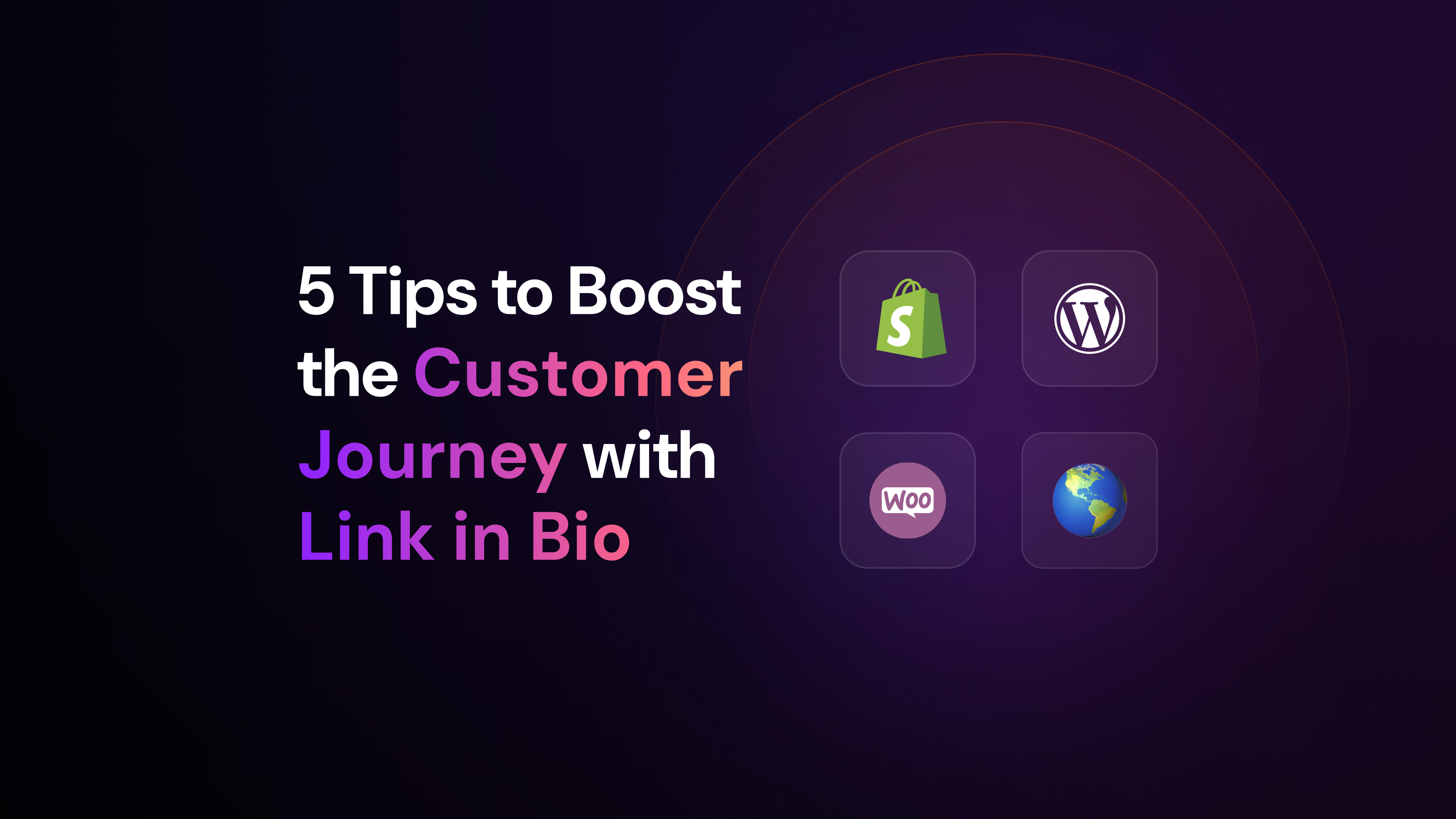A good eCommerce customer experience offers much more than just speed and ease: it fits customers’ preferences to increase their lifetime value and keep your churn rate low.
It’s no secret that people are shopping online more and more. With social distancing, the average customer profile has evolved and adapted to navigate and make eCommerce purchases.
Ecommerce has been a key channel in retail, marketing, and sales operations, to the point it globally represents three-quarters of the overall retail growth. According to Statista, eCommerce sales are supposed to reach almost $604 billion in 2021.
Whether eCommerce sales are made overseas or regionally, one thing is true: The customer is at its center, and offering an at-least-good customer experience is a basic requirement.
Still, that is not what we usually see these days. Regrettably, it is very common to find bad eCommerce customer experiences, such as buggy checkout processes.
Well, that’s no laughing matter. Losing a customer in the checkout process means you’re saying goodbye to the most concrete revenue you might be able to get.
Why is eCommerce customer experience so important?
Owning an inventory and simply selling it isn’t enough, especially in the competitive market we witness today. Products and services aren’t differentiators anymore—but good eCommerce customer experience is.
An eCommerce experience refers to the quality of the interactions customers have in digital stores.
To achieve acceptable levels of quality, the user interaction should match customers’ expectations and provide them with fantastic eCommerce customer experience—there is where its importance lies.
Customer experience decides if you’re selling or not—literally—when it comes to eCommerce.
The following statistics, provided by CX Central, make it clear:
- After going through a poor experience, 89% of customers say they have stopped buying from a brand
- Customer experience is overtaking price and products as a key brand differentiator
- Eighty-six percent (86%) of customers are willing to pay more for a better customer experience
- In general, 61% of people have a better opinion of brands when they offer an excellent mobile experience
- Around 25% of online shoppers leave the website without paying if they find the website navigation too complicated
As you can see, offering a bad eCommerce customer experience is the way to chaos. Simultaneously, a good eCommerce customer experience is the way to customer engagement.
But how can you avoid being in the bad eCommerce statistics?
Keep in mind that every and each eCommerce operation should be built considering how the customer feels throughout the buying journey.
If customers feel bad about your brand while on your eCommerce, they won’t hesitate to open a new tab and search for your competitor quickly. Competition is a few clicks away.
This means you have to offer a seamless, intuitive, eCommerce customer experience.
What makes a good eCommerce customer experience?
A good eCommerce customer experience should allow your customers to move through your online shop with speed and ease while matching their personal preferences.
This might differ from customer to customer – that’s why it is important to know them deeply.
In case you’re in doubt whether you’re offering a great eCommerce customer experience or not, there are a few KPIs that can help you get your answers.
We know a large portion of customers abandon the cart because that’s how they browse eCommerce.
Still, according to Baymard, the main reasons for cart abandonment during checkouts are too high extra costs (50%), eCommerce demanding customers to create an account (28%), and too long checkout processes (21%).
Another interesting statistic is that customer retention in eCommerce is 5X cheaper than acquisition.
This suggests that keeping your customers and increasing their Lifetime Value (LTV) is a great way to keep ROI coming back to you. If your customer LTV is good, you might want to keep it high to benefit from consumers’ engagement.
With this in mind, we’ll move forward to some eCommerce customer experience trends that are extremely promising for the upcoming months.
1 – Personalization
You wants your customers to feel like you care about them, right?
The best way to ensure them you do is to offer them interactions that match their context.
By basing its campaigns on factual data, eCommerce can deliver highly personalized and relevant offers to customers throughout their lifecycle and buying journey.
This means more accurate product suggestions, tailored loyalty points, smart follow-up emails, and more, to guide your customers more easily in the journey.
Please pay attention to the fact 71% of consumers express some level of frustration when their shopping experience is impersonal. On the other hand, 80% of them are more likely to buy from brands that offer customized experiences.
Tailoring a specific eCommerce customer experience based on customer data is no longer a futuristic idea. It is here, and people are demanding it.
2 – Flexibility
Customers expect to buy from anywhere at any time. This means providing them with:
- A wide variety of paying methods on the checkout page
- Search bars so customers can quickly find products they’re looking for
- A small number of input fields in the checkout process
- Fair price policies that don’t scare buyers away
Are these all? In fair honesty, they aren’t. Granting your customers with flexibility goes much further, and it starts with understanding what their preferences and hopes are.
The omnichannel market, for example, is growing at an impressive speed due to customers’ need to create deeper connections with brands as fast as they need to.
Whether customers want to shop online or to go in-store and have their package sent to their houses, omnichannel embraces countless opportunities across digital platforms and physical operations to deliver customized customer experiences.
This creates a competitive advantage and levels your eCommerce customer experience up.
3 – Human connection
The average Americans see from 4,000 to 10,000 ads daily. This massive advertising has contributed to making customers feel overwhelmed and make them harder to reach effectively.
When getting involved with brands, customers need to understand root-causes to allow an emotional connection.
This isn’t something that paid ads can tell them, so eCommerce needs to take a step back and focus on organic storytelling techniques.
By focusing their attention on unique, personal brand experiences, businesses can upgrade their marketing campaigns and shopping journeys to build an outstanding eCommerce customer experience.
How does that affect your eCommerce directly? Well, this is a fantastic opportunity to use videos and live content to tell your story in an appealing way to attract and retain customers.
This is also a sign you should focus on more effective human support.
For example, as much as people don’t mind being served by chatbots, 73% of customers still love being supported by friendly representatives who provide excellent service.
4 – Convenience
Convenience is the key to a good eCommerce customer experience, so fast and free shipping is about to become a brand differentiator.
Hitches and slowness aren’t allowed anymore and might push the demanding, time-sensitive customer away.
Let’s say your marketing team has invested time and money in delivering a campaign to attract customers to a unique sales promotion.
However, as soon as the customers engaged with your campaign get to your eCommerce, they catch themselves face to face with slow loading times, confusing pages, and unclear product descriptions.
Let’s also imagine that, as soon as customers put the products in the cart, the price previously exposed to your eCommerce suddenly increases.
Bad news: You have just wasted all the money your company invested in an effective acquisition campaign.
Studies say 14% of customers percent will begin shopping at another site when waiting for a page to load. Imagine how negatively this can affect your churn and conversion rates.
By neglecting convenience, there is a high chance your metrics towards digital initiatives might not perform the way you’re expecting them to and indicate opportunities you’re losing in the business.
Ways to improve eCommerce customer experience
There are many ways to improve your eCommerce customer experience once you decide to invest in meaningful customer-centric experiences.
One thing is universal for picking and implementing the right technologies to optimize your eCommerce customer experience: your improvements must be data-based.
This means every page and feature on your eCommerce should rely on vital customer information, such as what type of interaction your consumers prefer depending on the journey stage they’re at.
For example, have you ever considered developing a solution that allows your customers to buy from you while driving? Or delivering your products to consumers’ vehicles and other appliances?
Perhaps one of the above might make huge sense and generate even more value to your customers. But you’ll only know for certain if you rely on trustworthy customer data.
This is such a trend that customers will agree to sell their information to brands they choose.
Whether it is their in-store movements, their location, or online browsing, customers are aware data access is essential to create personal experiences—and they’re counting on you to use it wisely to reward them with the best eCommerce experience ever.
Many eCommerce leaders and professionals worldwide have been doing that and benefiting from Customer Data Platform outcomes to personalize and elevate their eCommerce customer experience.
Improving your eCommerce customer experience with a real-time engagement platform
In the process of improving your eCommerce customer experience, you should strongly consider a few tools to help you build the best user experience.
Arena’s real-time engagement platform is the choice for you. It is equipped with Live Blog and Live Chat that can easily be embedded into your eCommerce to generate leads, increase engagement, and boost your revenue.
Keep reading to find out how both tools can optimize your eCommerce customer experience. We highly recommend checking out how Shoply leverages Arena for their Live Shopping experience.
Live Blog for eCommerce
A Live Blog is a new way to blog that embraces live content to a real-time audience.
When you live Blog, you combine different post formats and sources to create a refreshing coverage feed with the latest news towards an important event in your field.
Live Blogs are huge in many sectors, such as sports, elections, protests, and conferences. However, these powerful engagement platforms can do much more, especially when we bring your eCommerce to the scenery.
Could you Live Blog a product launch? Sure! Could you live Blog a new promotional sale? Yes! Could you live Blog a special gathering for your loyal top-level clients? Absolutely.
Live Blogs transcend the way blogs have been building content over the years and should be adopted by eCommerce’s that care about the content they’re providing customers with.
Live Group Chat for eCommerce
Have you ever considered working on your eCommerce to embed tools that promote customer real-time interactions 24/7?
Live Chat Groups are an amazing option to achieve that!
As the name suggests, Live Chat Groups are chats that can easily be implemented on eCommerce to allow real-time conversations between your customers and representatives and your customers alone.
By implementing one on your eCommerce, you allow new types of interaction that add on more credibility to your pages and don’t make your customers wait for a response when customers reach out for you.
Live Chats have been used by support and sales teams for years, but now marketers have opened their eyes to its potential to engage and offer excellent customer experiences.
The advantages of Live Chat Groups are:
- Availability: Consumers want businesses to be available 24/7, and Live Chat Groups are always there to prevent your customers from waiting for a response
- Support: Sales representatives use Live Chat Groups to give customers great support, whether they’re in the checkout process or in doubt about a specific product
- Real-time engagement: Replying quickly to customers should spare you the chance to leave them without an answer and lose them to other eCommerce on your field
- Lead generation: Want a fast, simple tool that collects customer data and lets you smoothly guide shoppers through the customer journey? Live Chat is the answer!
As you read, consumers are expecting your next eCommerce customer experience move
We know how fast you need to implement changes that will give you quick and remarkable results.
That is why we have decided to let you download our engagement platform for free and get started as soon as you want!
Start now and add Live Chat and Live Blog to boost your eCommerce customer experience!



